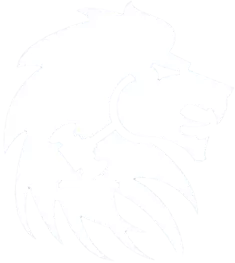In increasing order from the firearms:
-> Scorching/Charring (extensive burning) is majorly caused by the flame from the muzzle end.
-> Burning is caused by the burning gases from the muzzle end (singeing of hair)
-> Blackening is due to the deposition of soot or unburnt residue, causing a blackening effect.
-> Powder Tattooing is due to partially burnt or unburnt particles.
-> Non-volatile products of combustion on the surface.
-> Metals residue from the barrels
-> Wad pieces in the wound
-> Projectile
1. Contact Firing
- When the muzzle end of the rifled weapon is pressed against a human target and fired.
- Leaves imprint on the target.
- Range of firing: Zero.
- Wounds effect:
- Absence of burning (also called scorching or singeing)
- No blackening or tattooing (also called peppering or stippling).
- If gases do not get enough space for expansion inside the target, they come out through the entrance hole.
- Often tear the surface around the hole and appears like an exit wound with ragged edges.
2. Close Firing
- When the muzzle-to-target distance is less than 18 inches from the body.
- Also called near contact or point-blank range.
- Range of firing: less than 18 inches.
- Wounds effect:
- Scorching or singeing is a sure sign.
- The burning range depends on the length of the barrel.
- Blackening is found around the entry wounds by the deposition of smoke particles by all types of powders at close range.
- The intensity of blackening in decreasing order: gunpowder> semi-smokeless> smokeless powder
3. Near Firing
- Range of firing: Muzzle to target distance is 1 to 2 feet from the body.
- Wounds effect:
- Tattooing is caused by the embedding of unburn or semi-burn powder particles (also called peppering or stippling).
- These particles being heavier than smoke particles move a greater distance resulting in their appearance at a distance of one and a half times the blackening range.
4. Distant Firing
- No burning, soot, or tattooing is seen.
- The wound is circular with an inverted margin the same size or even smaller than a bullet.
- Abrasion collar: dark red or red in color when fresh and the inner zone soiled by grease known as Grease collar or dirt collar.
References: FUNDAMENTALS OF FORENSIC SCIENCE By Manjugouda Patil
